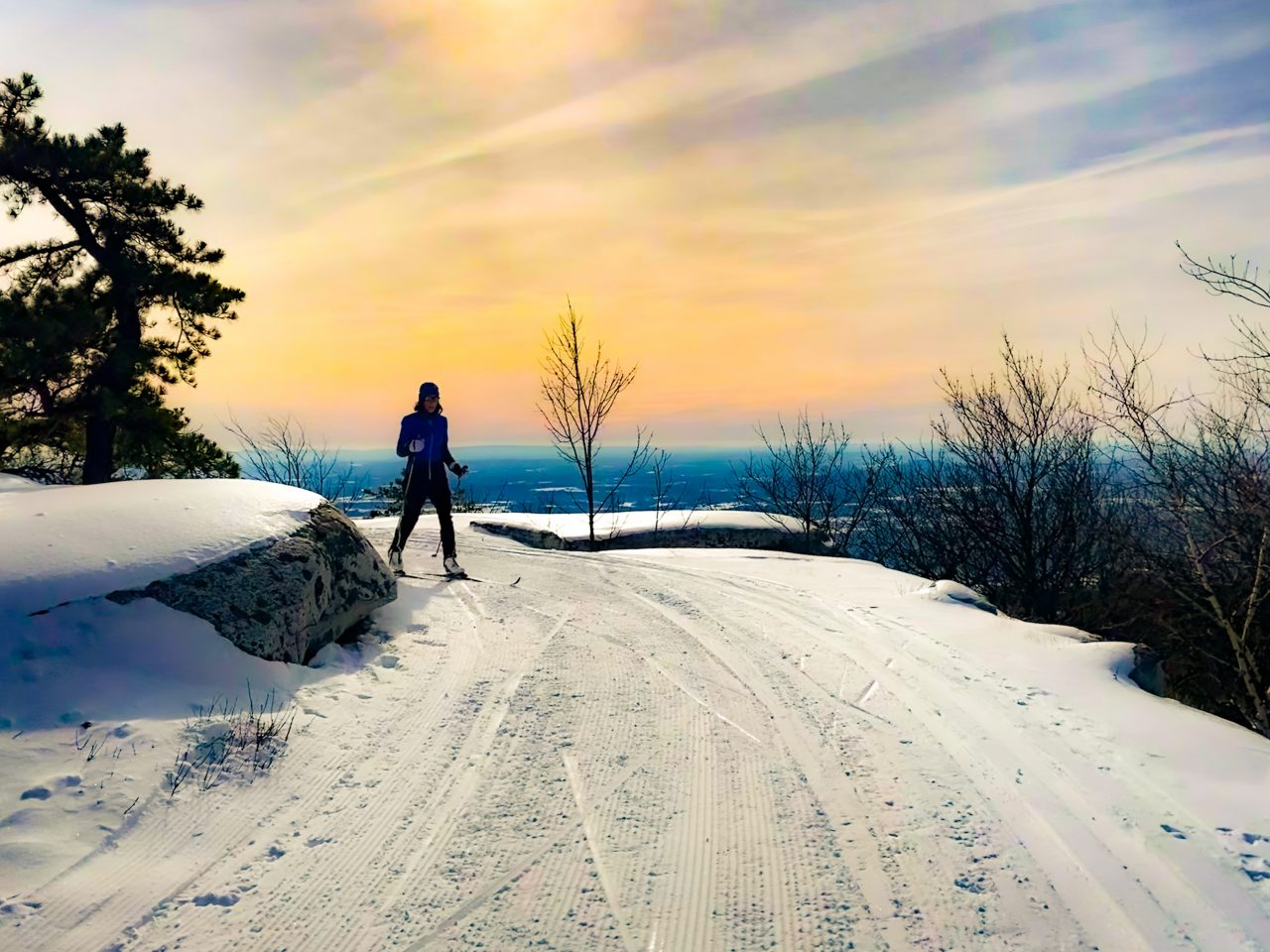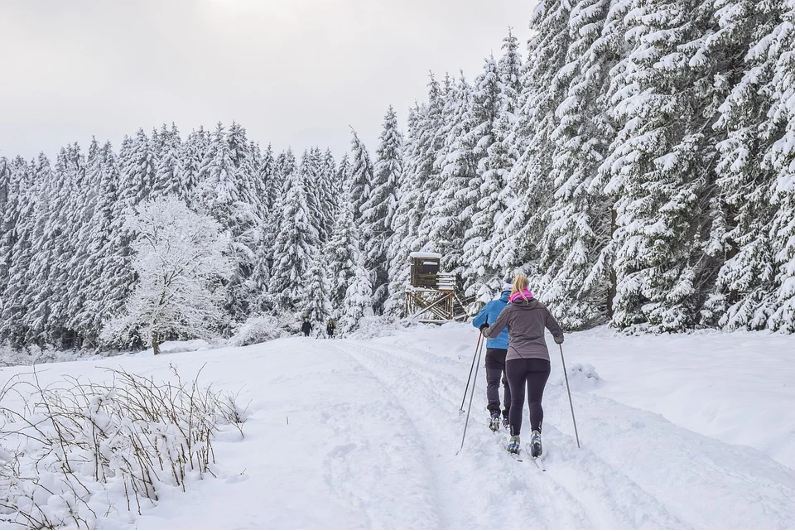As skiers like to joke, the two most significant inventions of humanity are the wheel and the ski. And you can’t argue with them because some of the skis found are up to 4,000 years old! So skis are one of the oldest human-made devices.
Many remember when they used to ski around the school on wooden skis with rubber bindings. We want to cheer you up – those days are gone irrevocably. Now skiing is fun, easy, and exciting! This sport is so interesting that even resources such as betting websites support it in every way possible, placing many bets on the best championships.
Cross-country skiing is a complete sport available to everyone. Discover the benefits of this winter sport, which is very good for your physical and mental health!
The benefits of cross-country skiing
Whichever style you choose (classic or skate), the first advantage of cross-country skiing is that you can quickly start training on your own. Cross-country skis are suitable for beginners as well as experts with any level of fitness.
Cross-country skiing can be practiced alone or in a group, whether you want to spend time with family or friends or are looking for some alone time to get energized.
You can choose between a classic or skate style of skiing. The skate style is more intense and will suit those who like active sports. The traditional style can be skied intensely and at a relaxed pace, making a “walk” on skis.
Regarding finances, cross-country skiing is affordable to most – the slopes are accessible, and the equipment is cheaper than alpine skiing, whether you buy or rent it.
Healthy heart thanks to cross-country skiing
An excellent endurance sport, cross-country skiing is just as good for your cardiovascular system as running (and perhaps even more so than running because more muscle groups are in motion) but much less traumatic for your joints because of the gliding motion.
When you take up cross-country skiing, whatever your level, you will inevitably see beneficial effects on your breathing and notice improved heart function.
Full body function
In terms of muscles, skiing tones and improves the body in endurance sports and increases muscle mass in sprinters. It is a complete sport that tones the arms, legs, back, abdomen, and buttocks and allows deep and gentle cleansing and strengthening of the entire body. The skier’s position strengthens the muscles of the back without injuring them.

Cross-country skiing, rejuvenating in nature
Cross-country skiing is good for mental health; it brings wholeness and tranquility to your life, whether it’s the joy of the effort, the connection to nature, or the adrenaline of skiing. In addition, skiing is often done in beautiful and atypical places for the city dweller, allowing you to switch from your daily life and recharge your energy.
Enjoy nature; listen only to the creak of skis on the snow and your breath that sets the rhythm to the music.
Suitable for the heart, good for the legs.
The best sports that improve circulation are cross-country sports, particularly cross-country skiing, in which the lower extremities are loaded gently and evenly. Repetitive movement promotes venous circulation and activates blood return to the heart; this is especially helpful for people who experience heavy legs, cold hands, and swollen feet.

Developing agility with cross-country skis
Narrow cross-country skis and a lose heel force the athlete to work on coordination and balance.
The sport involves constantly searching for a position that promotes maximum glide and requires staying on one ski frequently and working on balance.
On descents and especially turns, you must keep your balance, anticipate and analyze what’s ahead.
Skiing improves movement coordination. Regardless of skiing technique, foot and hand coordination is essential for efficiency.
Start with the classics.
Skiers use two types of movement – classic and free (skate) stroke—their main difference – in technique. Classic skiing is a ski move on a previously prepared parallel track. While riding, you help yourself with the poles. You move freestyle, somewhat reminiscent of skating, hence its second name: you alternately push with one and then the other foot, transferring weight from one ski to another.
Choose the right equipment.
There are a lot of nuances in skiing to choosing the right equipment. The main focus is on skis, poles, and boots with bindings. Calculate the necessary length of skis depending on the selected mode of travel, your weight, the nature of the piste, etc.
To avoid being confused by the many recommendations, follow a simple formula:
- For skating, choose skis 10-15 cm higher than your height. And the poles, on the other hand, are 10 to 20 cm lower.
- Choose skis 20-30 cm above your crown for the classic stroke. The stakes are 25-30 cm lower.
- There are also combined skis – for both styles of movement. The skis there are chosen at 15-20 cm above your height.
As for boots and bindings – choose a “hard” variant of bindings. It will help you control your skiing more efficiently, and you don’t have to worry that the ski will come off your leg at the most inopportune moment.
Choosing a track for skiing
Although the classic course allows you to ski without prior training, you should remember that you first must master some technical tricks to pass the hilly trail. It applies to ascents and descents:
On a small mountain, you will easily take the classic course. If the mountain is steeper, you will have to switch to “herringbone” – so skiers call the type of skiing when you start pushing off, as in skating. If the ascent is very steep, use the “staircase” – you turn sideways to the rise and step over the skis as if you were walking up the stairs.
Weather for skiing
As they say, there is no such thing as bad weather, and there is a wrong outfit. But still, the optimal temperature is down to -15 degrees for adults and -12 for children. Also, remember that the movement on the track will be complex after a heavy snowfall.
Storage and transportation
As a rule, because of the great length is only sometimes convenient to transport and store skis. Transport them in exceptional cases – these skis are allowed in ground transport and the subway. You can use a ski rental if you do not have your own skis or want to avoid dragging them with you.
Have a great ski trip!


